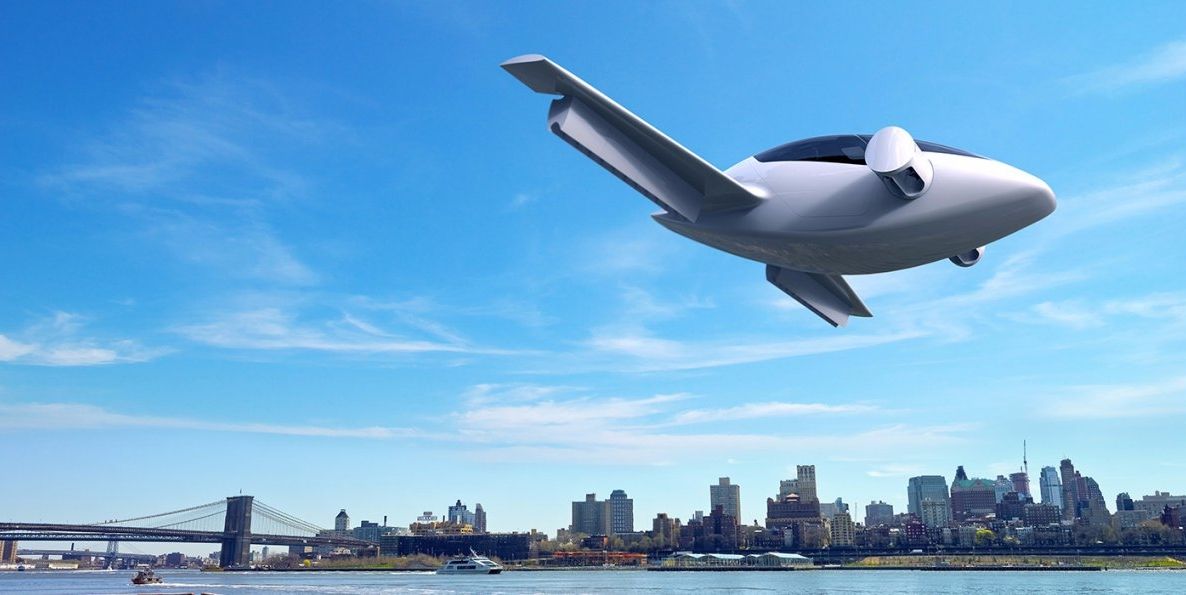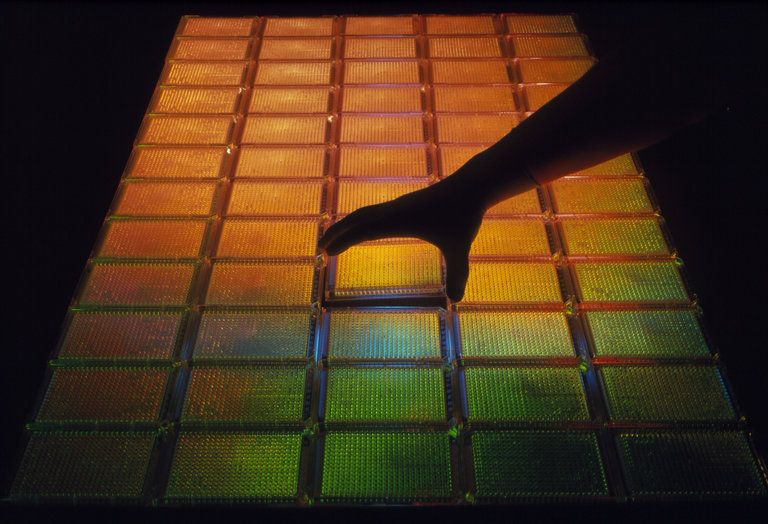
With zero emissions and zero runway, the Lilium Jet will be the world’s first entirely electric jet capable of a vertical takeoff and landing (VTOL). Able to fly up to an altitude of about 9,800 feet, the two-person airplane will have a cruising speed of 180 mph, a maximum speed of about 250 mph, and a range of 300 miles. At the forefront of functionality, the environmentally conscious conveyance will also be able to fold back its wings and be driven as a car.
To provide lift and keep the craft aloft, a series of tiltable electric engines will generate a combined 435 hp. Steering and navigation is done through a computer-assisted control system, and the only requisite to operate the vehicle will be a Sport Pilot License (SPL) requiring a minimum of 20 hours of flight time.

Lilium Aviaiton.
Continue reading “This electric jet can take off vertically but drives like a car” »



















